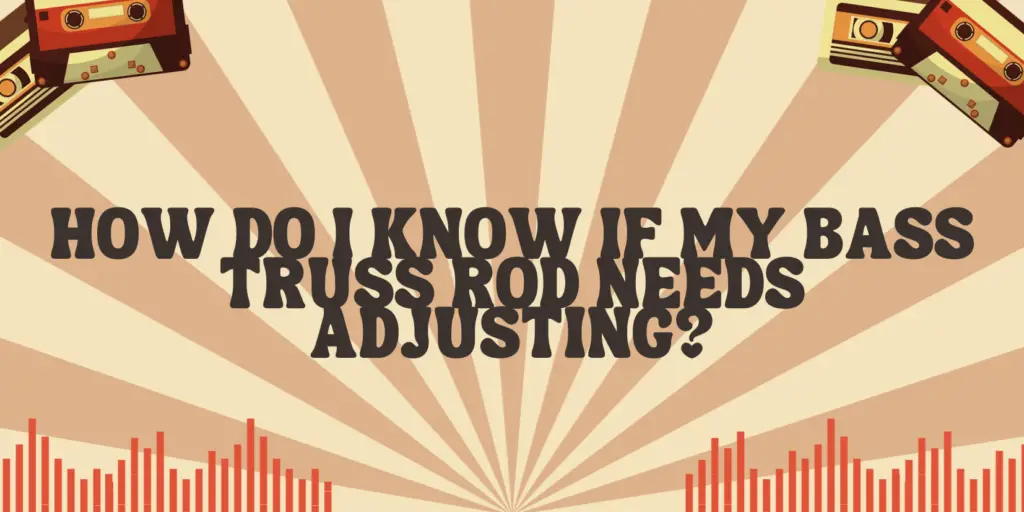The truss rod is a vital component of your bass guitar, responsible for maintaining the neck’s stability and playability. Knowing when to adjust the truss rod is a crucial skill for any bassist. In this article, we will guide you through the process of recognizing when your bass’s truss rod might need adjusting, along with the steps to take to ensure your instrument plays at its best.
- Assess Neck Relief
Neck relief refers to the curvature of the bass guitar neck. A slight amount of relief is necessary to allow the strings to vibrate freely without buzzing against the frets. To check neck relief:
- Press down the lowest string (E) at the first and last frets simultaneously.
- Look for the gap between the middle of the string and the frets. There should be a slight space, typically around 0.010 to 0.020 inches (0.25 to 0.5 mm).
If the gap is too significant, indicating excessive relief, or if the strings are touching the frets (backbow), the truss rod may need adjustment.
- Check for String Buzz
String buzz occurs when the strings vibrate against the frets, resulting in an undesirable buzzing sound. If you notice increased string buzz across the fretboard, it can be a sign that the neck’s curvature is off, and an adjustment may be necessary.
- Observe Changes in Weather
Changes in temperature and humidity can affect the bass guitar’s neck. During the colder, drier months, the wood may contract, causing the neck to straighten or develop backbow. In warmer, more humid conditions, the wood may expand, leading to excessive neck relief. If you experience significant seasonal weather changes, it’s wise to check and potentially adjust the truss rod accordingly.
- Listen for Intonation Issues
If you notice that your bass’s intonation is consistently sharp or flat, it could be due to the neck’s curvature. Intonation issues may indicate the need for truss rod adjustments to fine-tune the bass’s playability and tone.
- Evaluate Action and Playability
The action of your bass refers to the height of the strings above the fretboard. If the action is too high or too low and adjusting the bridge saddles doesn’t resolve the problem, it might be related to the neck’s curvature. A truss rod adjustment can help achieve the ideal action for your playing style.
- Seek Professional Guidance
If you’re uncertain about whether your bass’s truss rod needs adjustment, it’s always a good idea to consult a professional luthier or guitar technician. They have the expertise and tools needed to assess the instrument accurately and make the necessary adjustments.
Conclusion
Maintaining your bass’s truss rod is essential for ensuring it performs at its best. Regularly inspecting neck relief, checking for string buzz, considering weather-related changes, and evaluating intonation and playability are all ways to determine if your bass’s truss rod needs adjustment. It’s important to remember that truss rod adjustments require care and precision. If you’re ever unsure or uncomfortable about making these adjustments yourself, seek the expertise of a professional to keep your bass in optimal playing condition.


